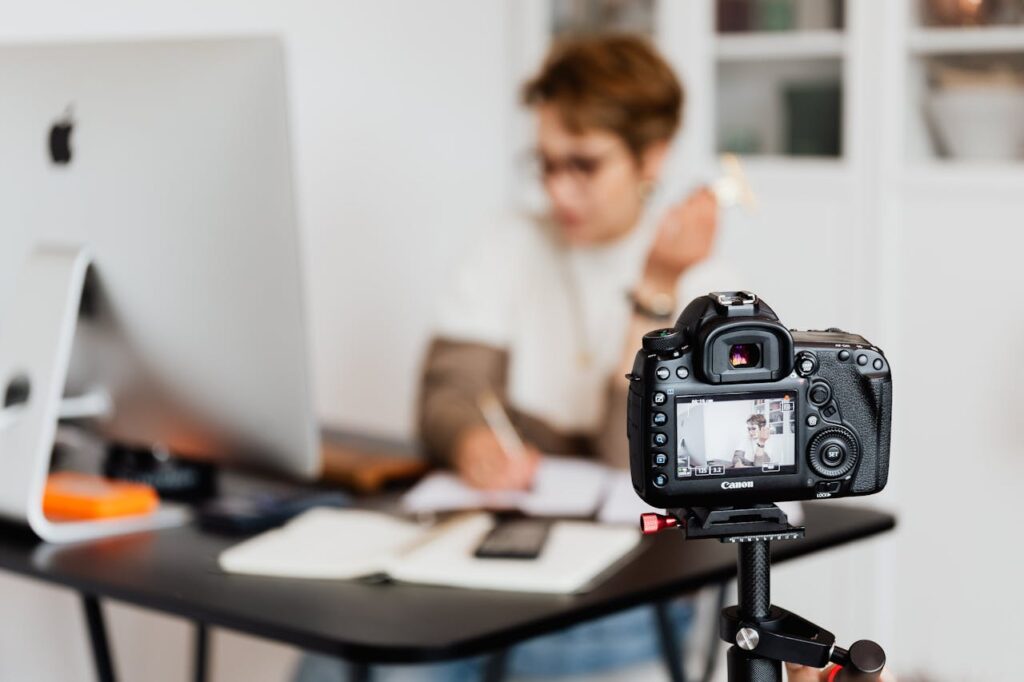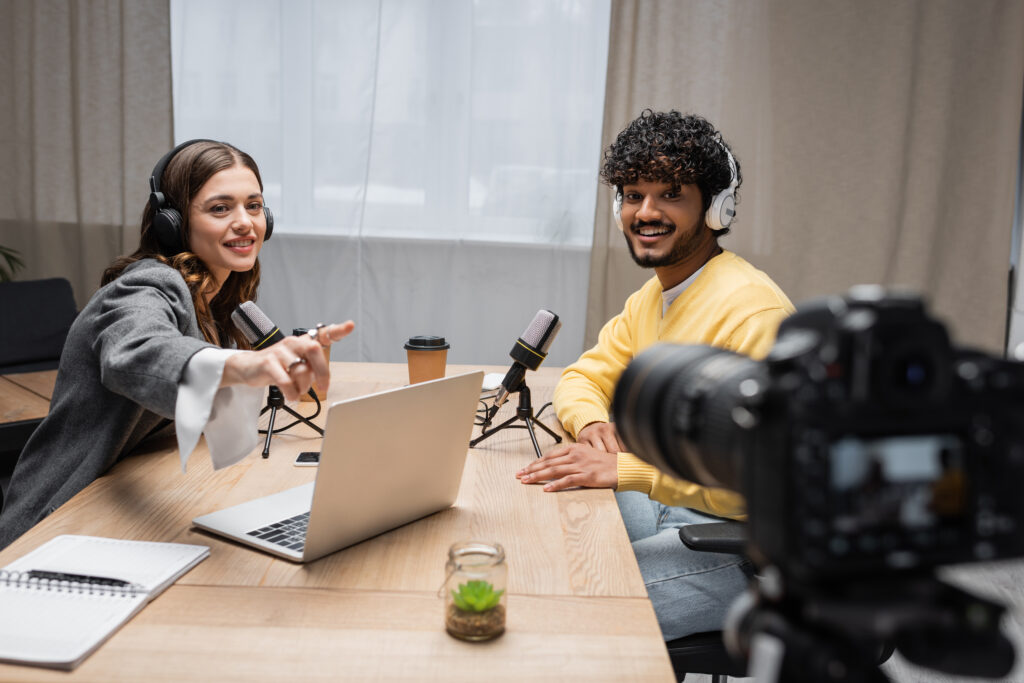Social Media Content Creation: Formats, Quality, and Best Practices
When creating social media content, the format of your videos or images is essential, and it can vary depending on the device you’re using, the platform you’re uploading to, and the desired quality. Let’s dive into the different types of formats, how they vary across devices, and what you should consider when producing content for social media.
Understanding Video Formats and Quality
- File Formats
Different devices and editing software often work with specific file formats. The most common formats for social media content are:
- MP4: This is the most widely supported format across platforms like YouTube, Instagram, and Facebook.
- MOV: Popular on Apple devices and great for high-quality videos.
- AVI: Used in older formats but can result in large file sizes.
- RAW: Uncompressed, high-quality files often used in professional-grade videos.
- Resolution and Quality
The resolution directly affects the sharpness and clarity of your content. Here’s a breakdown of common resolutions:
- 720p (HD): Standard HD quality, good for casual or quick uploads, especially for mobile platforms.
- 1080p (Full HD): The most commonly used resolution for professional-looking videos without large file sizes.
- 1440p (Quad HD): A step up from Full HD but less common for social media due to larger file sizes.
- 4K (Ultra HD): Excellent for high-end, professional videos. Many modern smartphones support 4K, though it increases file size significantly.
- 8K: Cutting-edge technology, mostly used in film production.
- Frame Rate (FPS)
The frame rate affects how smooth your video appears. Common frame rates include:
- 24 FPS: Cinematic, gives videos a more “movie-like” feel.
- 30 FPS: Standard for social media and online videos.
- 60 FPS: Great for fast-paced action, gaming, or sports content. Increases the file size but improves smoothness.
- Sound Considerations
Most devices record sound along with video, but the quality can vary. Built-in microphones often pick up ambient noise, so in professional setups, separate microphones are often used for clarity:
- Lapel Mics: Small, clip-on mics, great for interviews or vlogs.
- Shotgun Mics: Directional mics used in controlled environments for clear voice recording.
- External Audio Recorders: For professional-grade sound, where higher fidelity is required.
Impact of Formats on File Size and Storage
Video file size depends on several factors, including resolution, frame rate, and sound quality. Higher quality (4K or 60 FPS) results in much larger file sizes. For example:
- 1 minute of 720p video at 30 FPS: ~60 MB
- 1 minute of 1080p video at 30 FPS: ~130 MB
- 1 minute of 4K video at 30 FPS: ~375 MB
As file sizes increase, they require more internal or external storage and longer upload times. If you’re dealing with large videos, consider the following:
- Internal Storage: Ensure your device has enough space to handle the files. Running out of storage could result in lost footage.
- Remote Storage: Cloud storage (e.g., Google Drive, Dropbox) can be handy for offloading files but requires fast internet for upload and download.
- File Transfer: Transferring large files may require external drives or faster internet connections, especially when working with 4K or RAW files.
Aspect Ratios: Landscape, Portrait, and Square
Content orientation plays a significant role in social media:
- Landscape (16:9): The most common aspect ratio for YouTube, Facebook, and Twitter.
- Portrait (9:16): Ideal for Instagram Stories, Reels, TikTok, and Snapchat. Optimized for mobile viewing.
- Square (1:1): Often used on Instagram’s feed, it works well on both desktop and mobile screens.
Optimizing for Different Platforms
| Platform | Ideal Format | Aspect Ratio | Typical Length | Max Length | Best Resolution |
|---|---|---|---|---|---|
| YouTube | MP4 | 16:9 (Landscape) | 7-10 minutes | 12 hours (Verified) | 1080p or 4K |
| Instagram Feed | MP4, MOV | 1:1 (Square) | 30 seconds – 1 minute | 10 minutes (IGTV) | 1080p |
| Instagram Stories | MP4, MOV | 9:16 (Portrait) | 15 seconds per story | 1 minute per story | 1080p |
| TikTok | MP4 | 9:16 (Portrait) | 15-60 seconds | 10 minutes | 720p – 1080p |
| MP4 | 16:9 (Landscape) | 1-3 minutes | 240 minutes | 1080p or 720p | |
| MP4, MOV | 16:9 (Landscape) | 20-45 seconds | 2 minutes 20 seconds | 720p – 1080p | |
| MP4, MOV | 16:9 (Landscape) | 30 seconds – 1 minute | 10 minutes | 720p – 1080p |
The Importance of Content Over Format
While selecting the right format and ensuring high quality is essential, it’s important to remember that content is king. Even a perfectly formatted video will fail to engage viewers if it lacks creativity, value, or relevance. Focus on delivering valuable content tailored to your audience’s interests and needs.
By mastering the technical aspects while keeping the focus on the quality of your content, you can create engaging and professional-looking social media content that resonates with your audience.
This post covers the core technical aspects that creators should be aware of when producing content, while emphasizing the importance of the actual message and creativity behind the production.


